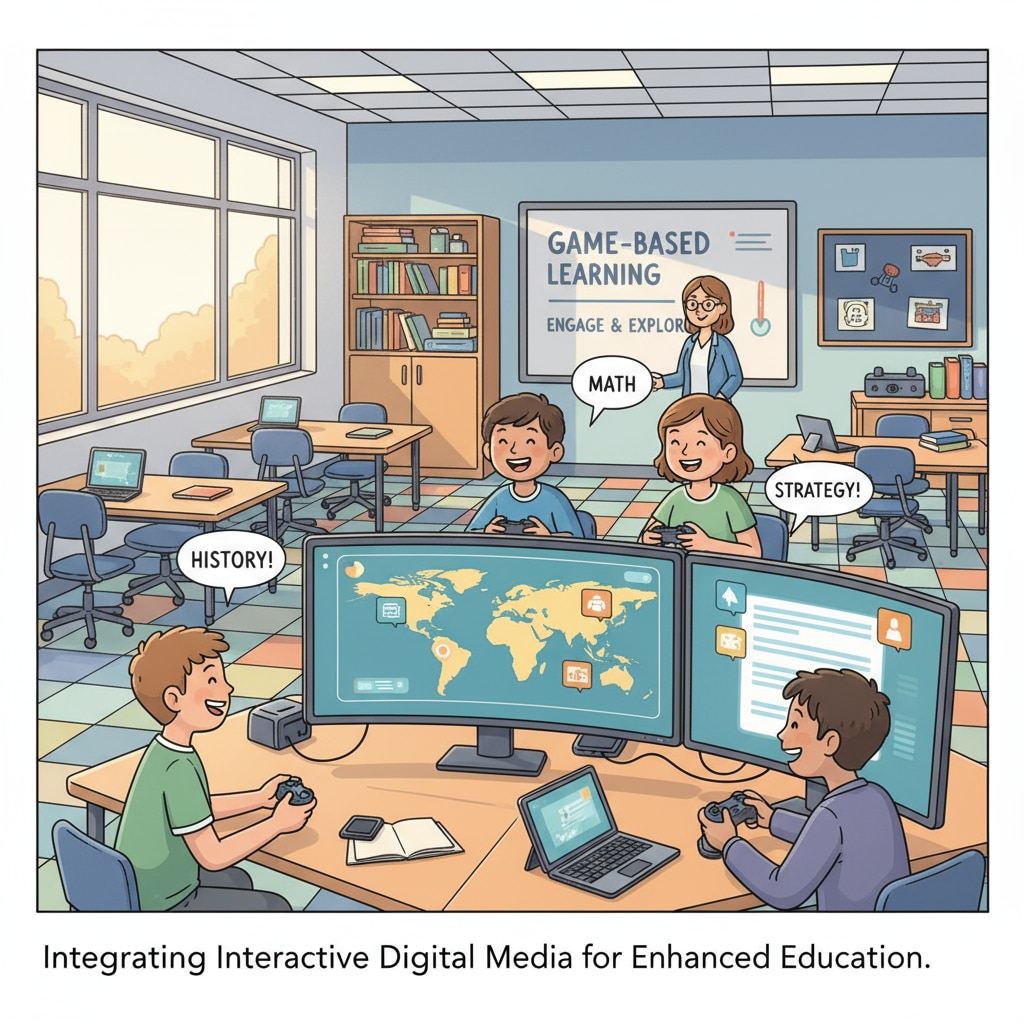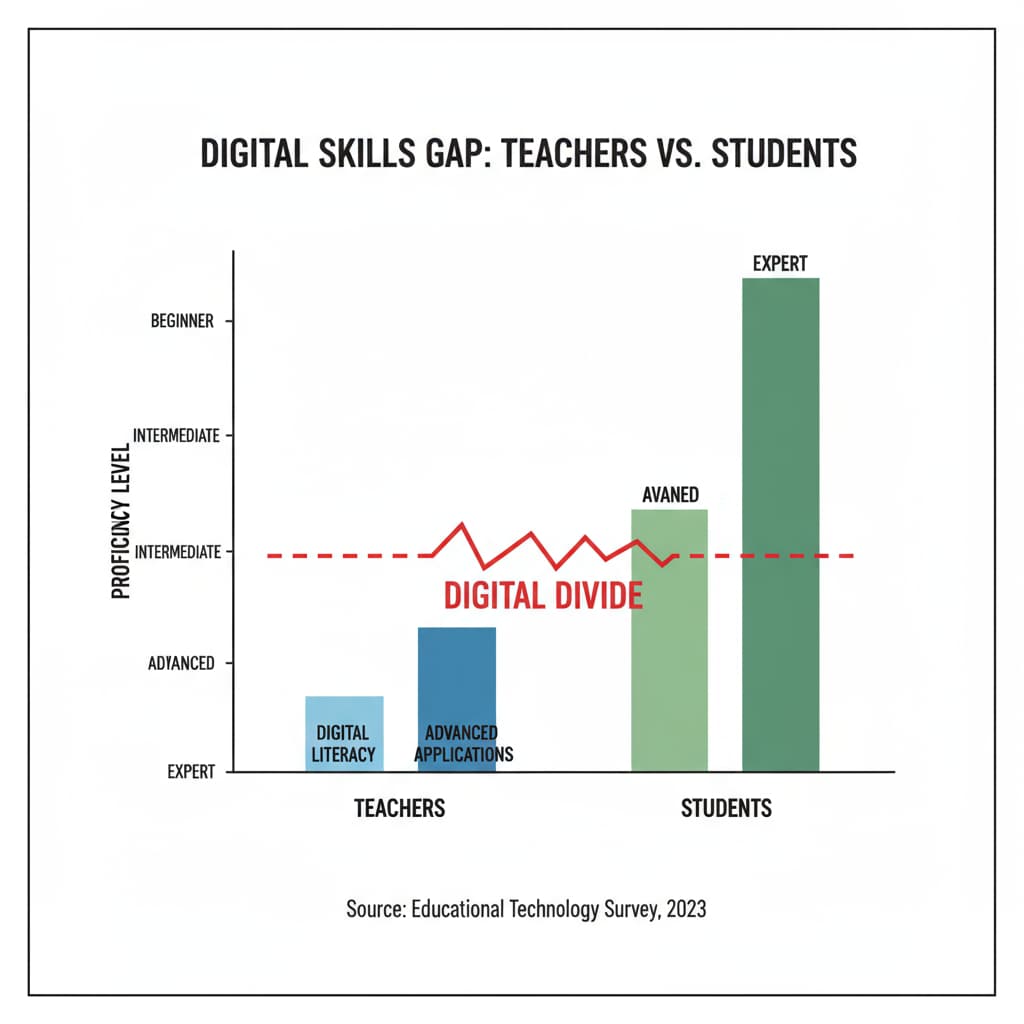In today’s digital age, video games have become an integral part of students’ lives. Understanding video game basics through teacher training is not only essential for connecting with student interests but also for leveraging this interest in the educational process. Video games have evolved from simple arcade games to complex, immersive experiences that capture the attention of millions worldwide.

Teachers, as educators, are increasingly recognizing the potential of video games in engaging students and enhancing learning outcomes.
The Digital Divide and Its Impact
The generation gap between teachers and students is not just about age but also about digital literacy. Students, often referred to as digital natives, have grown up in a world surrounded by technology, including video games. On the other hand, many teachers may have less exposure to the latest gaming trends. This digital divide can create barriers in understanding students’ interests and effectively communicating with them. For example, students might be excited about a new role-playing game, but teachers may not understand the concepts or the appeal. As a result, educators may miss opportunities to connect with students on a deeper level. Digital Divide on Wikipedia

The Importance of Teacher Training in Video Games
Professional training in video games can equip teachers with the necessary knowledge and skills to bridge this gap. By learning about different game genres, game mechanics, and the cultural significance of video games, teachers can gain insights into students’ passions. For instance, some games promote problem-solving, teamwork, and creativity. Understanding these aspects allows teachers to incorporate game elements into their teaching. This not only makes the learning process more engaging but also helps students see the connection between their interests and academic subjects. In addition, it shows students that teachers are interested in their world, building stronger relationships. Gaming in Education on TeachThought
Moreover, in the era of gamified learning, where educational concepts are presented in a game-like format, teachers with game literacy are better positioned to design and implement effective learning experiences. They can create educational games or use existing games to teach various subjects. This approach not only caters to students’ love for games but also addresses different learning styles, making education more inclusive.
Readability guidance: The key points here are the significance of bridging the digital divide, the importance of teacher training in video games, and how it relates to gamified learning. These ideas are presented in short paragraphs for better understanding, with examples and transition words to enhance flow.


